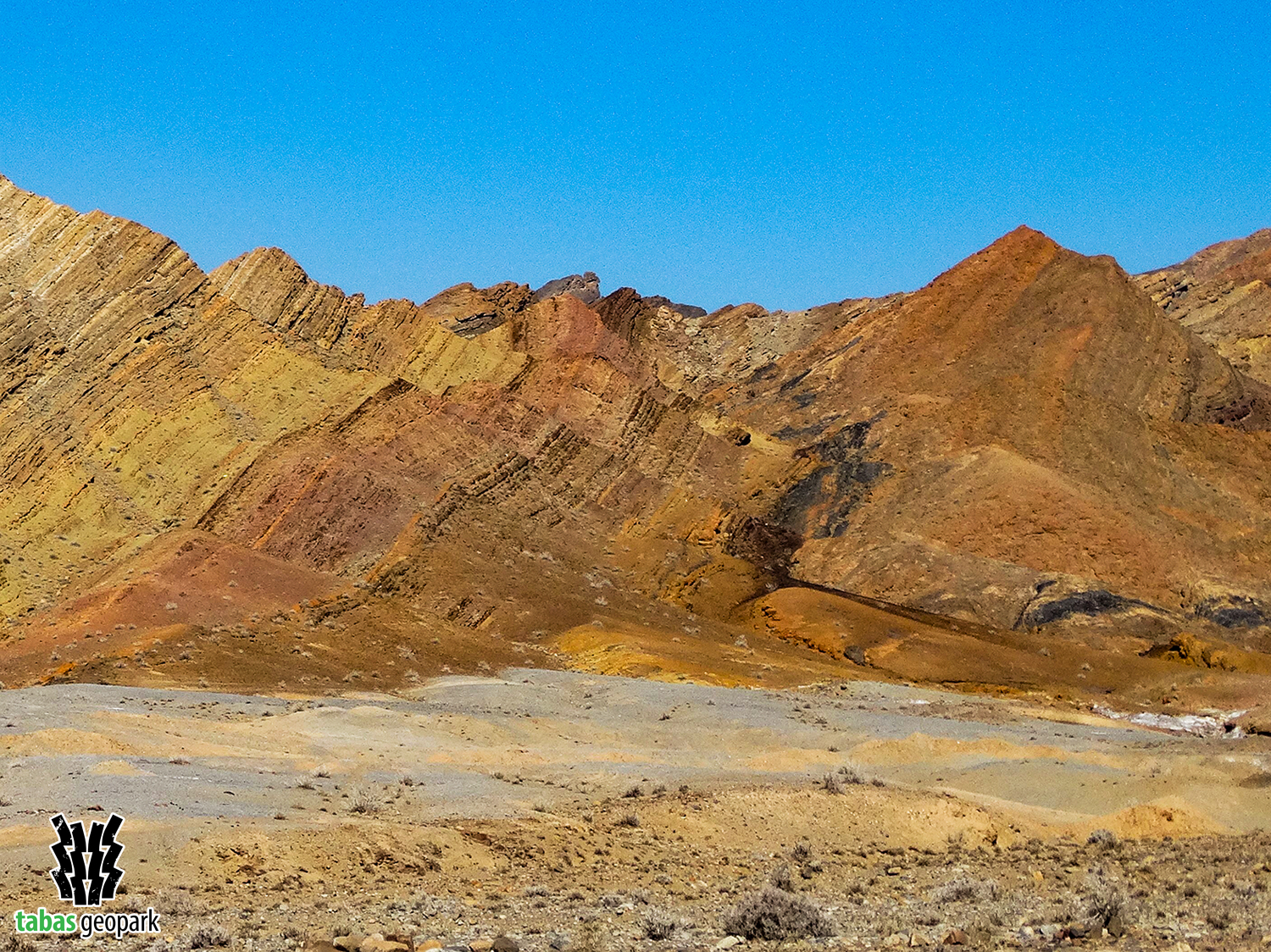The history of life on Earth has always undergone many changes and transformations, the evidence of which has remained in the rocks and fossils of past eras. However, there are few places where evidence of life on the Earth and deep-sea travel can be experienced. One of the most important times in the history of the Earth which has always been globally important is the Permian-Triassic (P-T) Boundary (251 million years ago), including the largest extinction event in the history of the Earth known as the late Permian Extinction of the Great Death. This event is observed in a few parts of the earth that have a continuous and complete sedimentary sequence of this Boundary. The really valuable Permian-Triassic deposits have always been of interest to geologists wherever on the Earth, providing rare evidence of critical changes throughout the Earth’s history. The late Permian biological event killed 80 to 96 percent of all marine and about 70 percent of terrestrial vertebrate species. Possible causes of these extinctions included one or more major events associated with meteorite impacts, massive volcanic eruptions in Siberia and rising carbon dioxide, climate change due to high methane emissions under the sea, ocean acidification, atmospheric toxicity and subsequent global warming, and lack of oxygen.
In Tabas Geopark, the Permian-Triassic Boundary is associated with short interruptions and absence of sedimentation along with the sea water retreat due to tectonic activities, whose evidence and outcrops can be observed in different places such as Shotori Mountain Range, Nayband Mountain, and Kalmard and Pirhājāt Mountains. One of the best places where the evidence of this boundary can be observed beautifully is the Permian-Triassic Boundary on the side of the Tabas-Robat-e-Khan road, 92 km west of Tabas (near the Cheshmeh Khajeh Hassan and the Kachalbeik Tower). Permian rocks in Tabas Geopark are introduced and named with Jamāl and Khān formations below and the oldest Triassic rocks with the name of Sorkh Shale Formation above it. The presence of red color in the Shorkh Shale Formation has made it visible and well distinguishable from its lower and upper deposits in all parts of Tabas Geopark, leading to magnificent landscapes.
– The scientific resources are available in the management of Tabas Geopark.
The use of this article is unrestricted by mentioning the source.

